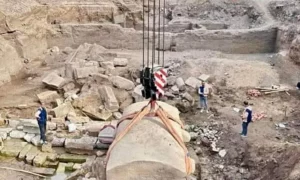In a remarkable archaeological find, a 26th Dynasty sarcophagus has been unearthed at a construction site for the new Benha University Hospital in the Delta town of Banha, located in the Qalyoubiya Governorate of Egypt. This discovery was made during rescue excavations, a common practice in regions with rich historical layers beneath the modern landscape. The Supreme Council of Antiquities (SCA) in Egypt has taken charge of the situation, announcing the find and outlining the steps being taken to preserve this significant piece of history.
The Ancient Egyptians
Ancient Egyptian Historical Sites and Ruins
Egyptian Mythology
Ancient Egyptian Artifacts
| Ankh Cross |
| Dream Stele |
Historical Figures
| Ramses II |
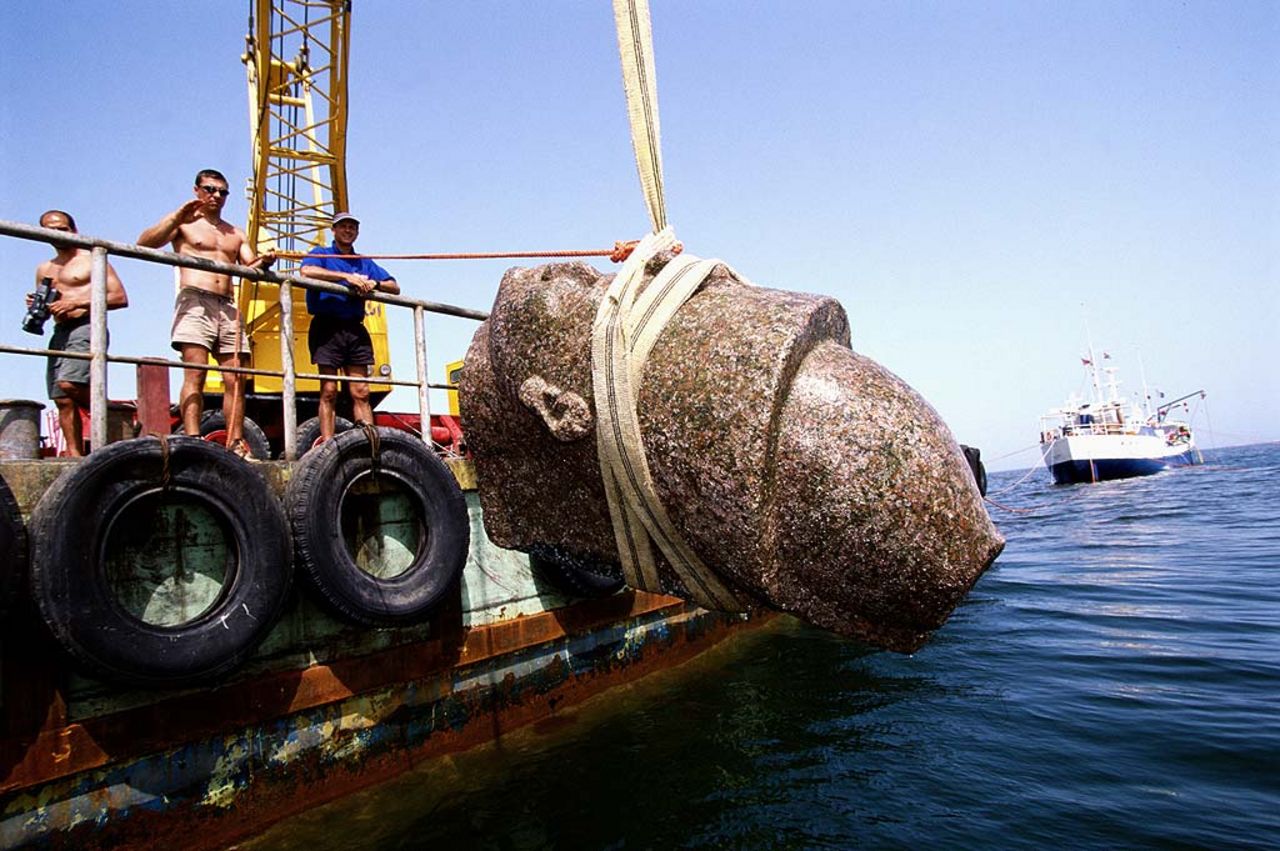
The Discovery of Thonis-Heracleion
The ancient city of Thonis-Heracleion, once a bustling metropolis that bridged the worlds of ancient Egypt and Greece, had long been shrouded in mystery and legend. Known by two names—Thonis to the Egyptians and Heracleion to the Greeks—this city was a key commercial and religious hub before its disappearance beneath the Mediterranean waves. The discovery of Thonis-Heracleion at the dawn of the 21st century by underwater archaeologist Franck Goddio and his team has been one of the most significant archaeological finds in recent history, shedding light on a civilization frozen in time.
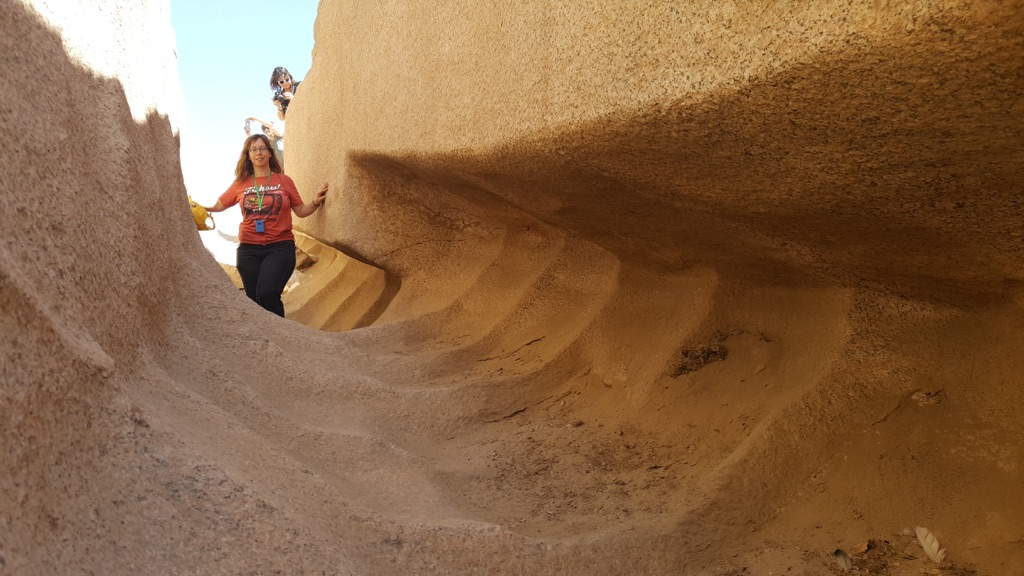
Aswan Quarry
The Aswan Quarry in Egypt is a place of historical significance, known for its stone quarries that supplied granite for many ancient Egyptian monuments. The most notable feature of the quarry is the Unfinished Obelisk, which would have been the largest piece of stone ever carved by the Egyptians had it been completed. The quarries offer a glimpse into ancient stone-working techniques and have been a source of archaeological interest for many years.
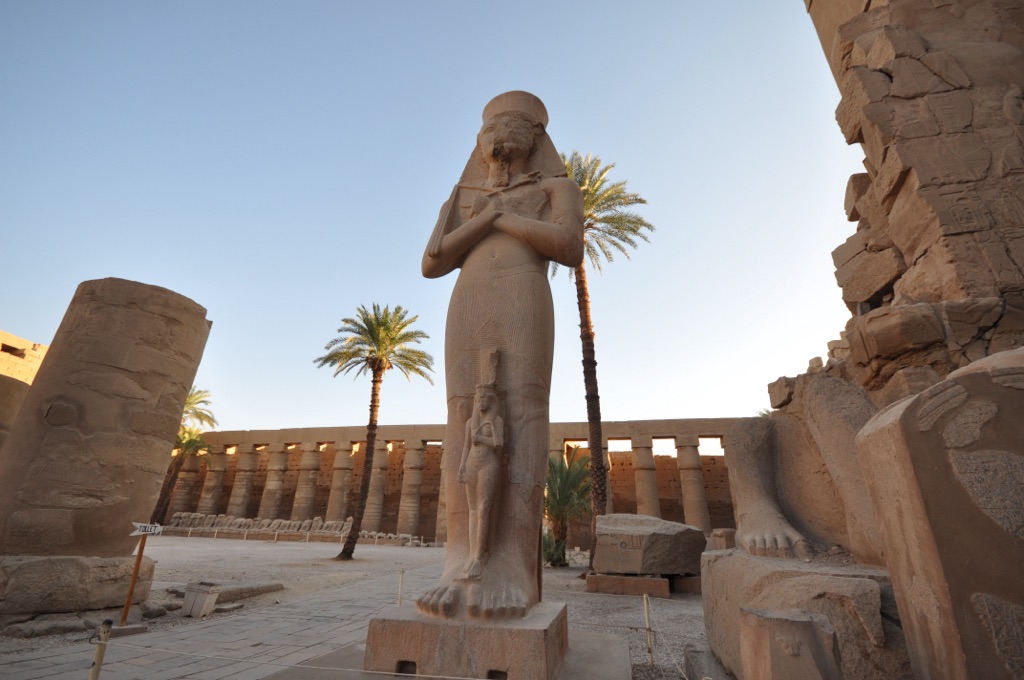
Pi-Ramesses
Pi-Ramesses was a flourishing city in the Nile delta region, established by Pharaoh Ramesses II during Egypt’s 19th Dynasty. It served as the new capital of Egypt and a monumental showcase of Ramesses’ wealth and power. The city was adorned with temples, palaces, and statues, becoming a hub of political and cultural activity. Over time, its significance waned, and the city was eventually abandoned. Rediscovery and excavation have brought Pi-Ramesses back into the limelight, offering insights into ancient Egyptian civilization.

Ramses II – Egypts Most Powerful Pharaoh
Ramses II, also known as Ramesses the Great, was one of ancient Egypt’s most celebrated pharaohs, reigning for an impressive 66 years from 1279 to 1213 BCE. Born into the Nineteenth Dynasty, his rule is marked by significant military, architectural, and cultural achievements that have cemented his legacy as a paramount figure in Egyptian history.
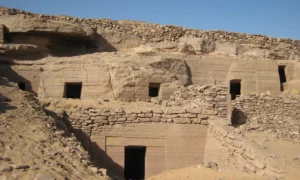
Tomb of Sobekhotep
The Tomb of Sobekhotep, also known as Sobekhotep I’s tomb, is a significant archaeological discovery that sheds light on Egypt’s 13th Dynasty. This tomb is attributed to Sobekhotep I, a pharaoh who ruled during the Second Intermediate Period. The discovery of this tomb provided valuable insights into the art, culture, and burial practices of the period. It is a testament to the craftsmanship and architectural knowledge of ancient Egyptian civilization.

